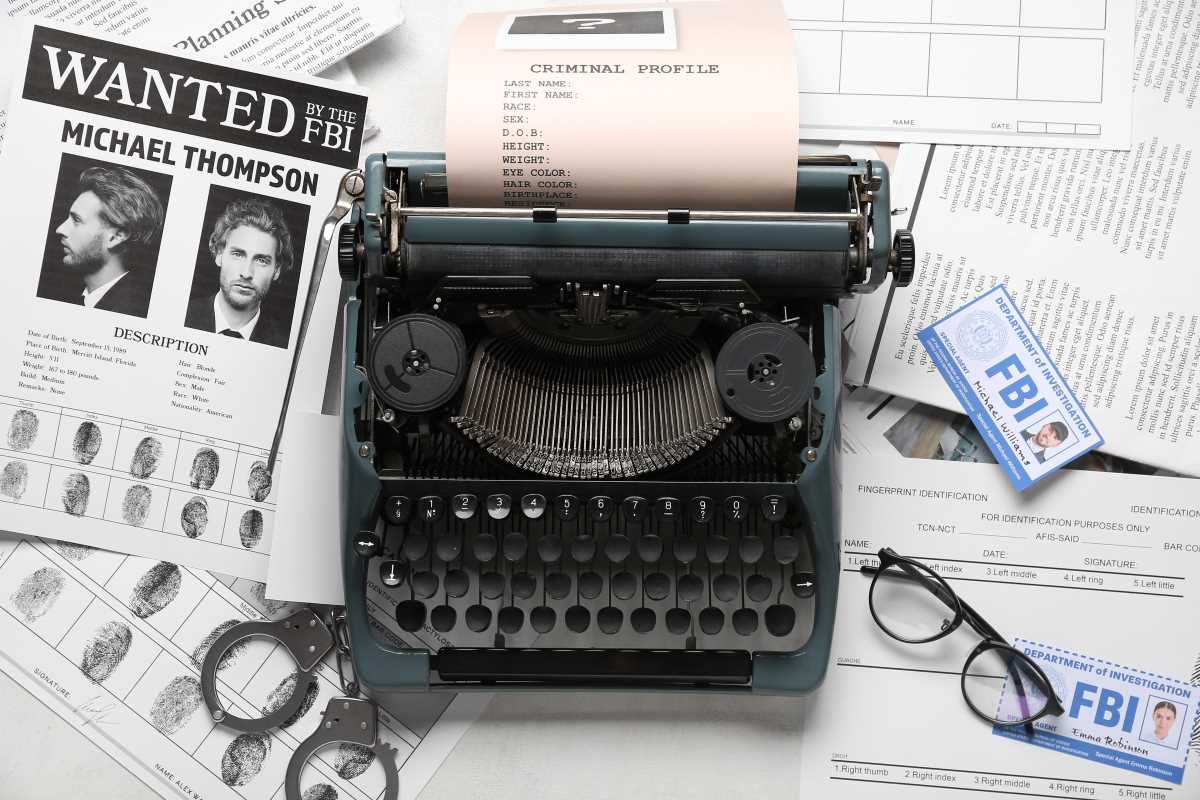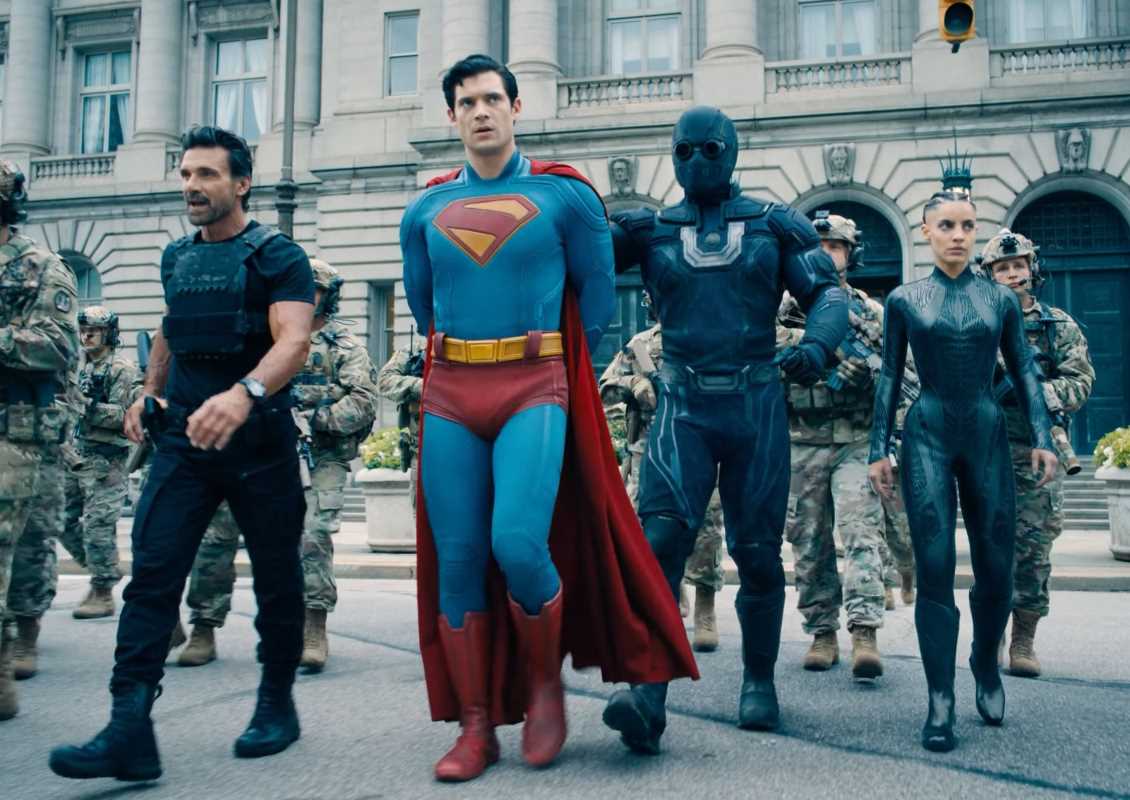True crime media has become a go-to source of entertainment for many. From gripping podcasts to binge-worthy documentaries and dramatized series, audiences are drawn to stories of crime, mystery, and justice. But beneath the fascination with criminal behavior and investigations lies an important trend: true crime media is increasingly highlighting systemic failures. These are stories not just about individuals committing crimes, but about the larger systems—whether legal, political, or social—that enable those crimes to happen or fail to prevent them.
By focusing on systemic failures, true crime media shifts the spotlight from sensationalized stories to meaningful conversations about accountability and reform. These are the kinds of stories that ask tough questions about corruption, inequality, and institutional neglect. How do flawed systems fail victims? What role does bias play in the criminal justice system? And how do systemic issues leave communities vulnerable to harm? Let's explore how true crime media is tackling these big issues and why it’s such a vital conversation.
True Crime Beyond the Sensational
When people think of true crime, they often picture notorious serial killers or high-profile trials. While these stories grab attention, they can sometimes overshadow the broader context of how crimes are allowed to occur. True crime media that focuses on systemic failures takes a different approach, unpacking the societal and institutional cracks that play a role in everything from criminal acts to poor justice outcomes.
This shift isn’t just about dramatization. It’s about storytelling that educates and challenges audiences to think critically about how systems operate.
What Are Systemic Failures?
Systemic failures refer to when an institution or set of processes fails to function the way it should. This might involve police negligence, judicial bias, or failures in social services. These failures often involve more than one person making a mistake; they’re a result of ingrained issues like corruption, inadequate funding, systemic racism, or poorly designed policies.
True crime media that focuses on these failures exposes the larger story behind crimes, revealing not just who’s to blame but what needs to be changed.
True Crime Stories That Address Systemic Issues
True crime media has evolved dramatically over the years, and several standout series, documentaries, and podcasts have used their platforms to investigate systemic failures in profound ways.
“The Central Park Five” and Miscarriages of Justice
A glaring example of systemic failure in the justice system is the infamous case of the Central Park Five, explored in Ava DuVernay's miniseries When They See Us. This drama tells the story of five Black and Latino teenagers wrongfully convicted of a brutal assault in 1989. Their convictions were the result of coerced confessions, racial bias, and a criminal justice system that saw them as guilty long before trials began.
The series doesn’t just focus on the details of the crime but asks viewers to confront systemic racism and police misconduct. It shows how stereotypes and pressure to quickly “solve” crimes can lead to devastating consequences for innocent people. No longer just a story of a botched investigation, it’s a case study of what can go wrong when bias and systemic issues go unchecked.
“Making a Murderer” and Flawed Investigations
Netflix’s Making a Murderer captured international attention with its deep-dive into the life of Steven Avery, a Wisconsin man convicted (and later exonerated) of sexual assault, only to be convicted of murder years later. The series highlighted numerous potential failures within the investigation process, ranging from planted evidence to questionable motives behind his prosecution.
At the heart of the documentary is a broader criticism of how small-town corruption, political interests, and flawed procedures can lead to potentially wrongful convictions. It forces viewers to wonder whether the pursuit of “justice” was more about saving face or proving guilt than uncovering the truth.
“The Keepers” and Institutional Cover-Ups
Another chilling piece of true crime media is Netflix’s The Keepers, which investigates the unsolved murder of Sister Cathy Cesnik, a nun and teacher at an all-girls high school in Baltimore. But the focus of the series shifts from the murder itself to the horrifying allegations of sexual abuse at the hands of a local priest, as well as the Catholic Church’s efforts to cover it up.
The documentary shines a light on how systems designed to protect the vulnerable (in this case, the Church and even law enforcement) can fail catastrophically, instead shielding perpetrators from consequences. It serves as both a heartbreaking reminder of widespread institutional abuse and an urgent call for change.
Podcasts with a Mission
The true crime podcast world is another space where systemic failures take center stage. Shows like Serial and Wrongful Conviction explore stories of flawed investigations, coerced confessions, and trials marred by public prejudice or inadequate defense. By giving victims and family members a voice, these podcasts bring attention to how the justice system affects real people and why reforms are so desperately needed.
Take Serial's first season, which tells the story of Adnan Syed, a young man convicted of murdering his ex-girlfriend. The podcast questions whether Syed received a fair trial, exploring issues like racial bias, inadequate defense representation, and mishandling of evidence.
Exploring the Root Causes of Failure
True crime media focused on systemic issues often goes beyond telling a single story. These films, shows, and podcasts aim to challenge viewers to see the repeated patterns that lead to corruption and inefficiency.
Racism and Bias in Policing
One major topic addressed by true crime media is racial inequality in law enforcement. Cases like those of the Central Park Five point to how law enforcement is often influenced by racial stereotypes, resulting in false arrests and miscarriages of justice. These stories challenge narratives about “fair” policing and force audiences to examine their own biases.
Corruption and Cover-Ups
The ability of systems to cover up their own failures is a recurring theme in true crime media. Whether it’s governmental bodies, corporations, religious institutions, or local authorities, these stories demonstrate just how far those in power will go to protect themselves instead of victims. The Keepers is a particularly powerful example of this, but it’s far from the only case.
The Cost of Neglect
Beyond intentional cover-ups or malicious actions, systemic neglect also plays a huge role in many crimes. Underfunded public defenders, understaffed police departments, or a lack of resources for social workers all create environments where justice becomes less about fairness and more about who has access to resources. True crime media often calls attention to these structural issues as a way to demand they be changed.
Why Audiences Respond to These Stories
True crime media that shines a light on systemic failures resonates deeply with many people because it acknowledges the complexities of justice. These aren’t clean-cut stories with a villain and a hero; they’re muddied with moral gray areas that get people thinking critically.
Empowerment Through Awareness
Part of the appeal is the way these stories educate. They inform viewers about crimes and failures and inspire them to ask bigger questions. Why do these systems exist as they do? What can be done to improve them?
Emotional Connection
Much of true crime media focuses on victims and families impacted by systemic failures. By telling these human stories, films and documentaries transform abstract problems into personal ones, making the audience feel invested in justice and reform.
 (Image via
(Image via





